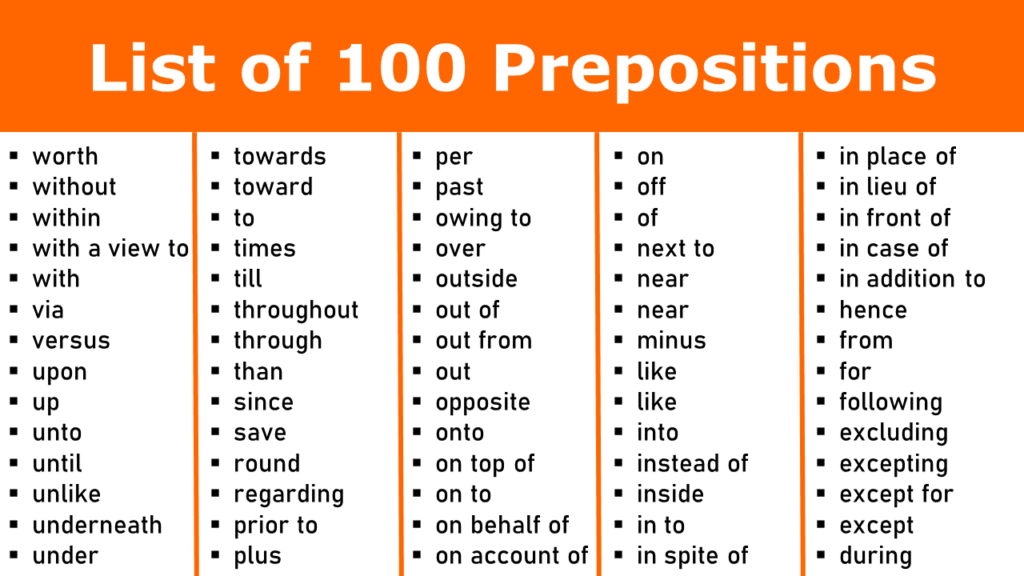In the English language, the prepositions “above” and “over” often confuse both native and non-native speakers. While they may seem interchangeable, they serve distinct purposes in conveying relationships of height or position. Let’s explore their differences and proper usage in detail.
Detailed Differences:
General Usage:
Above: Implies a higher level but not directly over. It suggests no physical contact.
- Example: The painting hangs above the fireplace.
Over: Indicates that something is directly higher than something else, often implying covering or overshadowing.
- Example: She held the umbrella over both of us to keep dry.
Spatial Relationship:
Above: Used to denote a higher position without specifying direct vertical alignment.
- Example: The stars above were shining brightly.
Over: Implies direct vertical alignment with something below.
- Example: The bridge over the river collapsed.
Figurative Usage:
Above: Can denote superiority or higher rank.
- Example: She is above such petty behavior.
Over: Often used in expressions involving control or thoroughness.
- Example: He presided over the meeting.
Movement:
Above: Less commonly used to describe movement unless in a figurative sense.
- Example: The helicopter hovered above the building.
Over: Frequently used to describe movement from one side to another while covering or crossing.
- Example: The bird flew over the lake.
Numerical and Quantitative Comparisons:
Above: Typically used in the context of numbers, temperatures, or measurements.
- Example: Temperatures will remain above freezing tonight.
Over: Often interchangeable with “above” in quantitative scenarios but can also imply excess.
- Example: Over 50 people attended the seminar.



